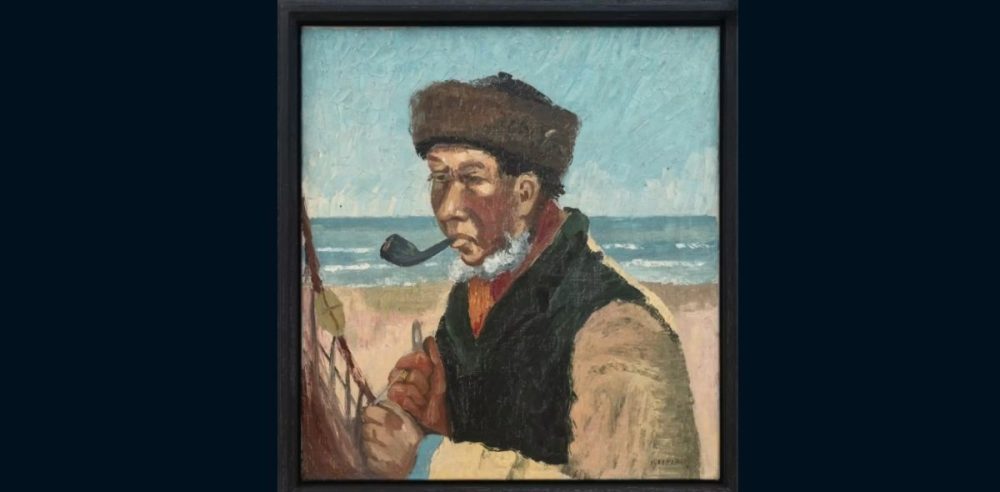A newly discovered Vincent van Gogh painting, believed to be worth $15 million, was reportedly purchased for less than $50 at a Minnesota garage sale.
The oil portrait, which depicts a fisherman smoking a pipe, dates back to 1889—the same year the Dutch master created The Starry Night while residing in a psychiatric hospital in France. The painting was acquired by an anonymous antique collector several years ago before being examined by a group of roughly 20 specialists, who now believe it is an authentic work by the famed impressionist. If officially confirmed, this discovery would add a previously unknown piece to Van Gogh’s celebrated body of work, reported the New York Post.
Maxwell Anderson, a former curator at the Metropolitan Museum of Art, was among the first experts to examine the piece and was immediately struck by its resemblance to Van Gogh’s style. He noted the distinctive smile lines on the fisherman’s face, which mirrored the artist’s expressive brushwork. Further evidence supporting the painting’s authenticity came in the form of a single red hair embedded in the paint—matching the hue of Van Gogh’s own locks.
Scientists, conservators, and historians collaborated on an in-depth analysis of the artwork. They traced its pigments to the same type of paint used in southern France in the late 19th century, strengthening the case for its legitimacy.
The portrait features an elderly fisherman with a white beard repairing his net beside a desolate shoreline. The name “Elimar” is inscribed in the lower right-hand corner, suggesting the subject’s identity. Experts believe the painting embodies themes of redemption frequently explored in Van Gogh’s letters and art. Anderson suggested that the fisherman could serve as a spiritual self-portrait, representing the troubled artist’s desire to be remembered for his resilience and humanity.
The emotional depth captured in the fisherman’s weary expression is consistent with Van Gogh’s well-documented fascination with portraying everyday laborers with dignity and empathy.
Despite the compelling evidence, the painting has yet to receive official authentication from the Van Gogh Museum in Amsterdam, the leading authority on the artist’s works. The museum’s endorsement would solidify its place in art history and likely further skyrocket its value.


